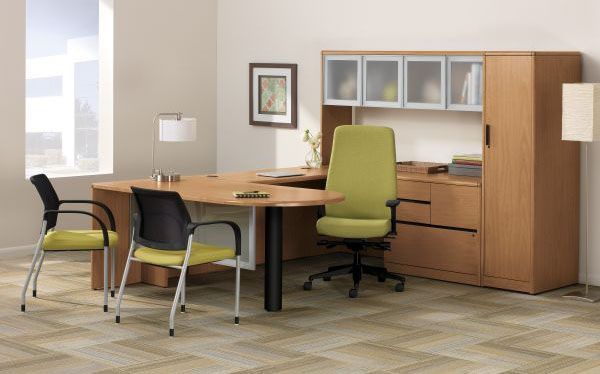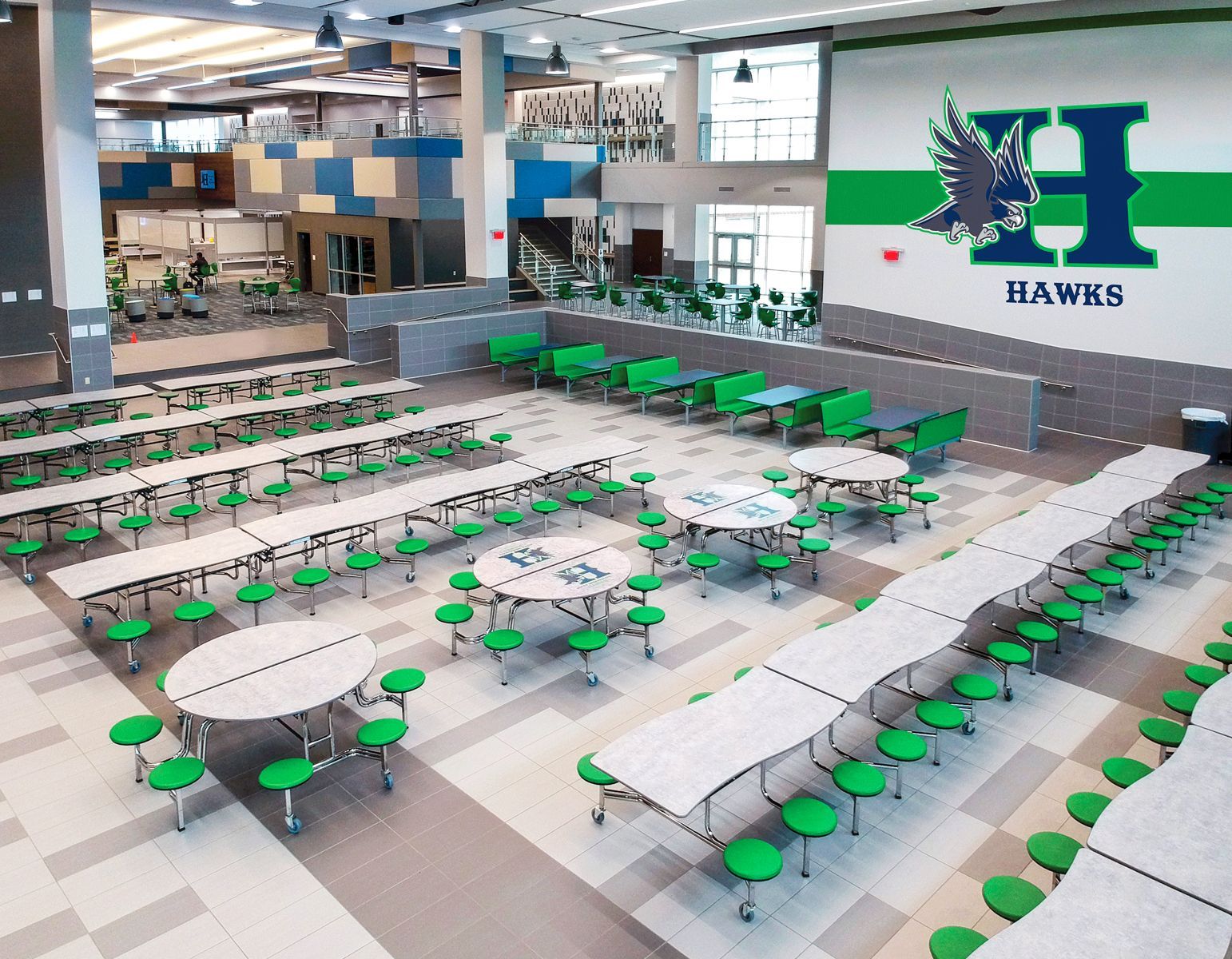Refresh your classroom desk layouts to start the year with positive energy and ignite learning
PRINTABLE DOWNLOAD - Unlocking the power of effective teaching starts with creating an engaging and positive learning environment. The arrangement of desks can play a pivotal role in shaping the classroom atmosphere.

According to a study published in the "Journal of Educational Psychology," collaborative learning environments positively impact student achievement and engagement (Johnson, Johnson, & Smith, 2014).
By strategically designing the layout, you can promote better communication, foster collaboration, and ignite a positive learning energy that benefits educators and students alike. Discover a range of classroom desk layouts tailored to inspire learning, enhance communication, and create an optimal classroom atmosphere. Transform your classroom into a space where learning thrives.
Collaborative Circle:
Arrange desks in a circular or semi-circular formation, promoting an inclusive environment where students can easily see and communicate with each other. This layout encourages open discussion, allows for better eye contact, and fosters a sense of unity among the students. It's particularly effective for group activities, discussions, and collaborative projects.
The National Training Laboratories found that the average retention rate for lecture-style learning is 5%, while collaborative learning methods yield a retention rate of 50% (Garrison, Anderson, & Archer, 2001).
Flexible Pods:
Create small pods of desks that can be easily rearranged for different activities. This layout provides flexibility, allowing educators to adapt the classroom to different teaching styles and group sizes. It also promotes a dynamic atmosphere, preventing monotony and keeping students engaged.
Research conducted by Steelcase Education found that active learning environments, characterized by flexible furniture and collaborative spaces, can increase student engagement by up to 92% (Steelcase, 2017).
U-Shape:
Position desks in a U-shape, with the open end facing the teacher. This layout is advantageous for maintaining a focal point during lectures while also facilitating easy interaction among students. It encourages a sense of community and inclusivity, making it an ideal choice for classrooms with a strong emphasis on class discussions.
Serpentine:
Arrange desks in a spiral or serpentine pattern to create a visually interesting layout. This arrangement is particularly effective for promoting movement within the classroom and preventing a stagnant atmosphere. It also encourages students to interact with a variety of peers, fostering a sense of community and inclusivity.
Fishbowl:
For smaller classrooms, consider the fishbowl arrangement. Place desks in an inner and outer circle, with the inner circle representing the active participants and the outer circle as observers. This layout promotes discussion, active listening, and a deeper understanding of the material through peer interaction.
The American Psychological Association emphasizes the importance of creating a positive and supportive classroom climate for promoting students' well-being and academic success (American Psychological Association, 2014).
Standing Desks and Flexible Seating:
Incorporate standing desks and flexible seating options into your classroom to provide students with alternatives to traditional seating. This approach caters to different learning preferences, encourages movement, and contributes to a more energized and positive atmosphere.
Classroom Café:
Create a relaxed, café-style setting with small tables and chairs. This arrangement promotes a casual atmosphere that can be conducive to open conversations, collaboration, and a positive exchange of ideas. It's particularly effective for fostering a sense of community and connection among students.
A study published in the "International Journal of Learning, Teaching and Educational Research" found that flexible seating arrangements positively influenced students' motivation, engagement, and overall learning experiences (Pallavi, & Venugopal, 2017).
Teachers and educators can draw on these broader insights to inform their decisions when experimenting with various desk arrangements in their classrooms. As educators, the physical layout of your classroom is a powerful tool that can shape the learning experience for your students. By strategically arranging desks to encourage communication, collaboration, and positive energy, you can create an environment that enhances both teaching and learning. Experiment with different layouts to discover what works best for your classroom dynamics, and watch as the positive energy radiates throughout your educational space.



